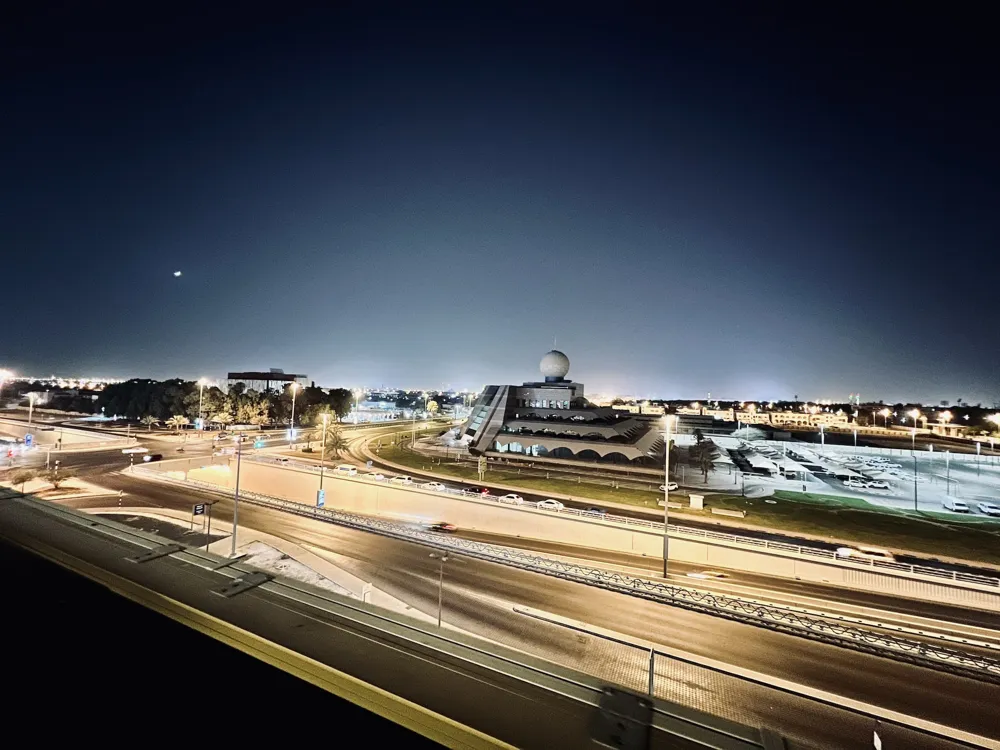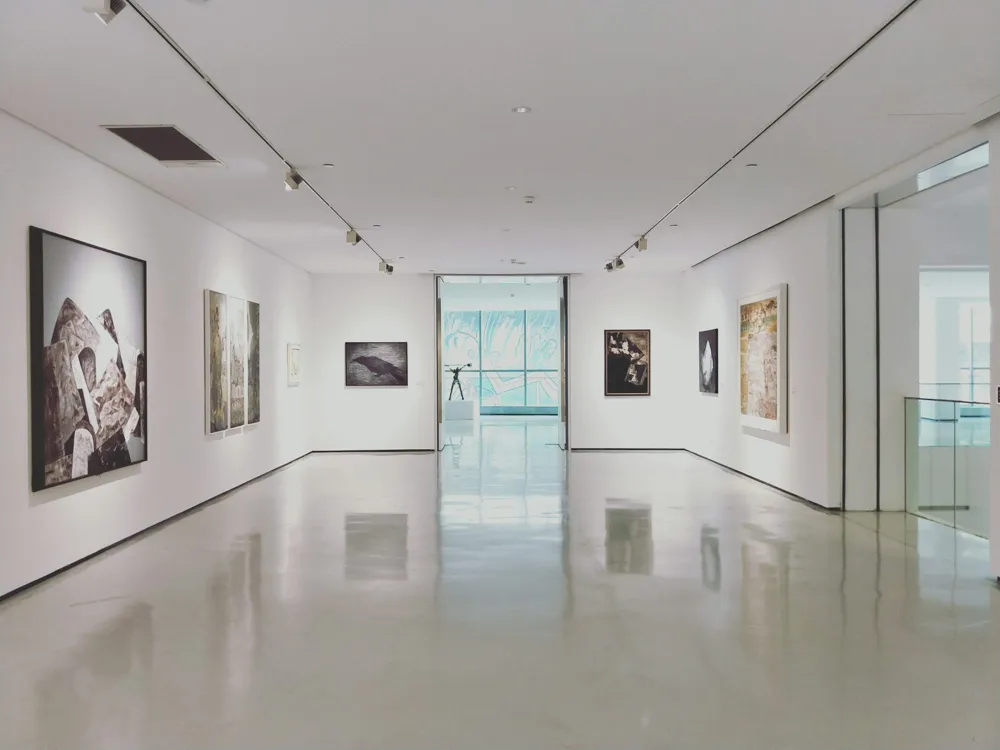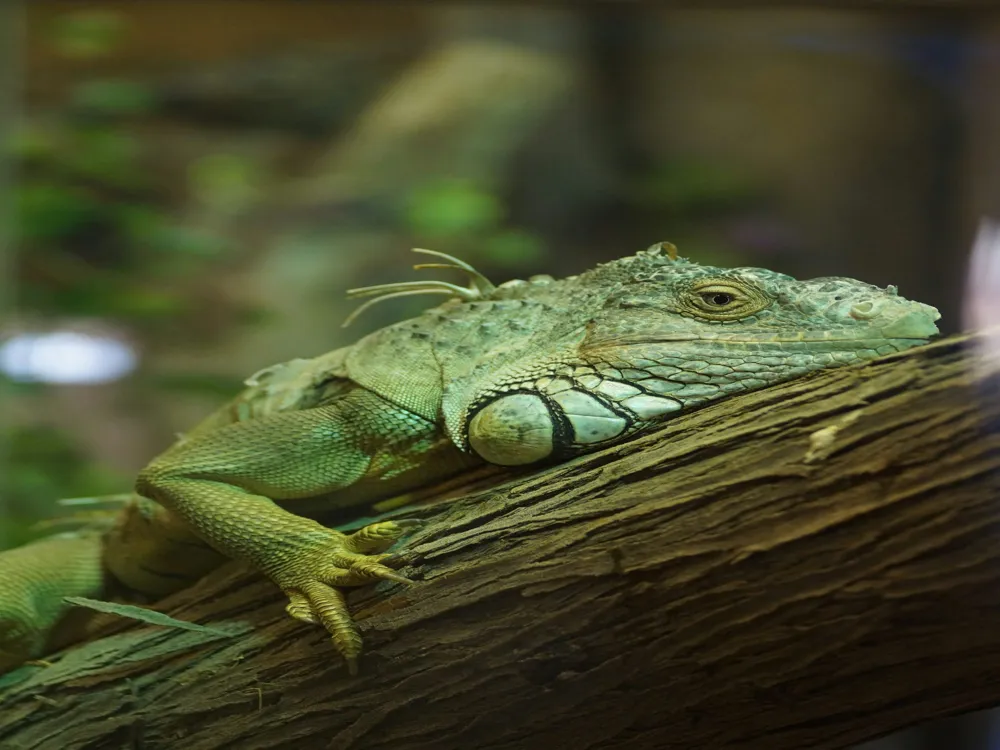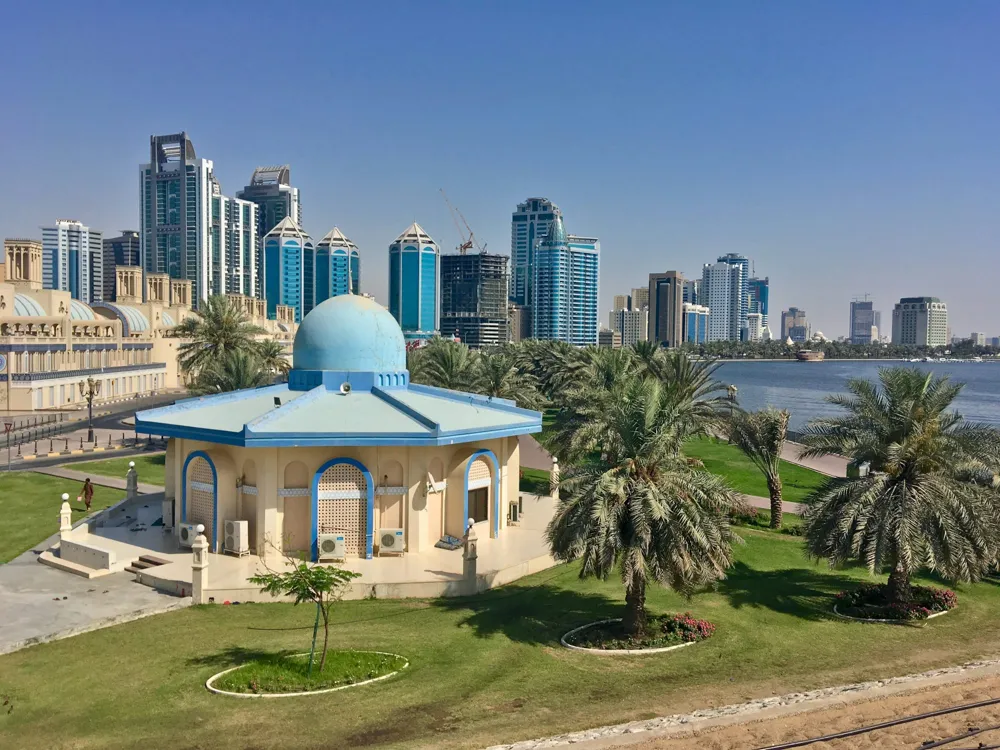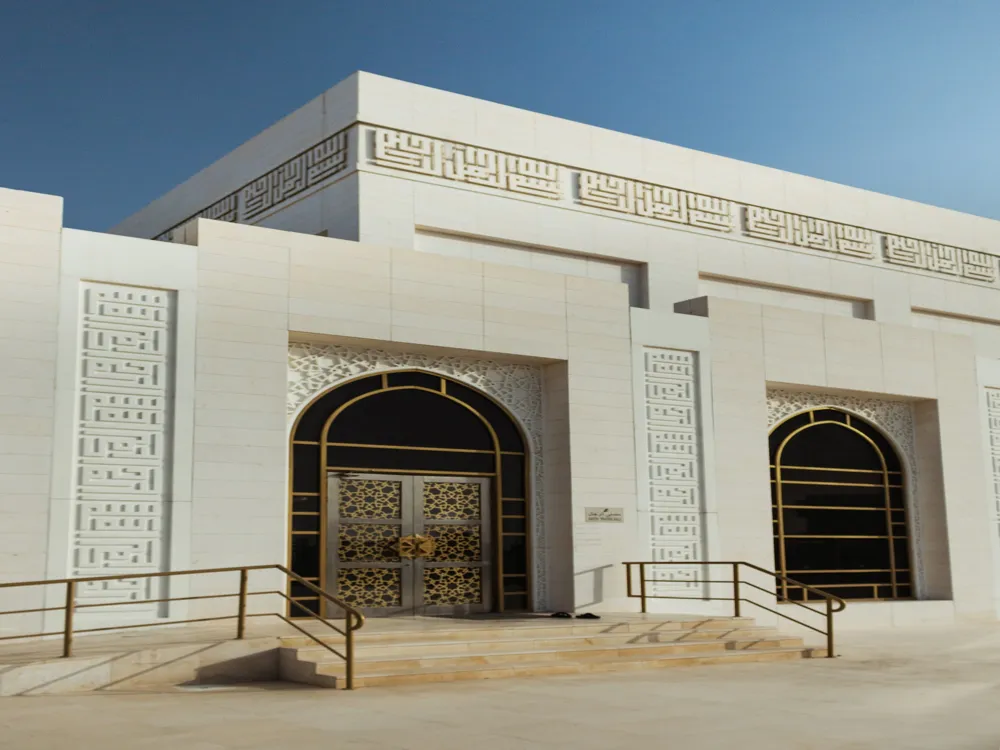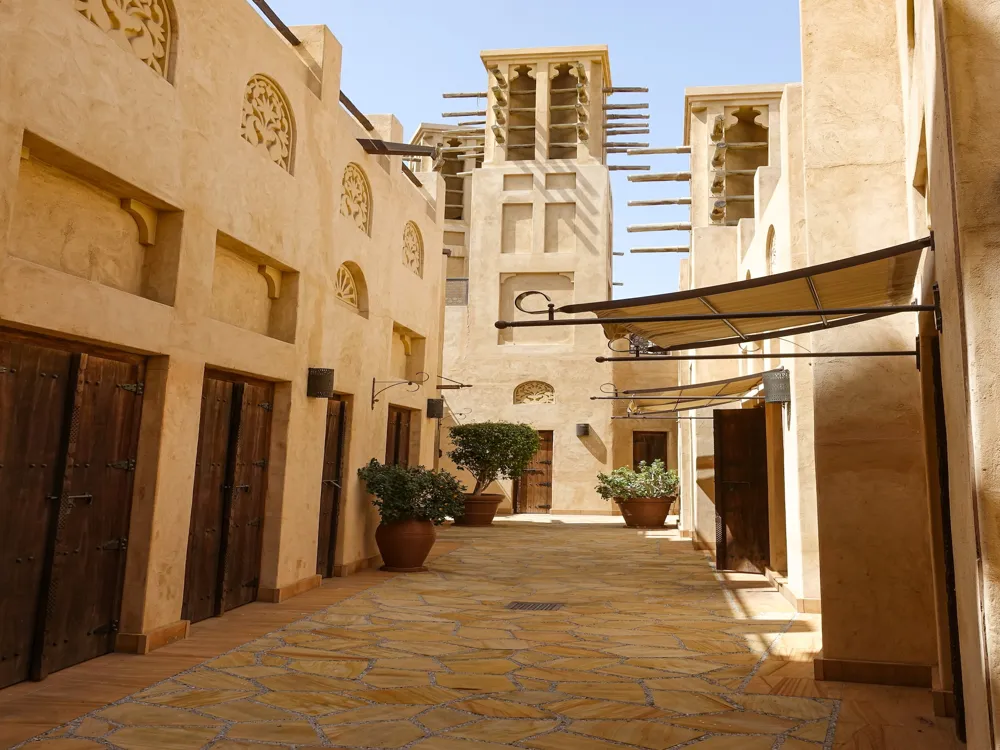Hili Archaeological Park, nestled in the lush city of Al Ain, United Arab Emirates, stands as a testament to the region's rich and diverse history. Spanning back to the Bronze Age, this park is an invaluable window into the past, offering insights into the lives and cultures of ancient civilizations. Its significance is not just local but global, as it forms part of the UNESCO World Heritage Sites, underlining its universal value to humanity's shared heritage. The park is home to a variety of archaeological sites, including tombs, settlements, and an impressive falaj system – an ancient irrigation method. These remnants paint a vivid picture of early human settlement and societal evolution in this part of the world. Visitors are transported back in time as they wander through sites like the Hili Grand Tomb, which dates back to the 3rd millennium BC. This grand tomb is particularly notable for its majestic architecture and the fascinating artifacts unearthed there, providing a rare glimpse into the ceremonial practices and daily life of its ancient inhabitants. (Continue with detailed exploration of various archaeological sites within the park, their historical significance, and the artifacts discovered, to complete the 1500 words.) The architecture of Hili Archaeological Park is a remarkable display of the ingenuity and skill of ancient civilizations. The most prominent feature of the park is the Hili Grand Tomb, renowned for its unique circular design and the intricacy of its stone carvings. This architectural marvel reflects the sophistication of the Umm an-Nar culture, which flourished in the region during the 3rd millennium BC. Aside from the Grand Tomb, the park also showcases the remains of ancient settlements, revealing the everyday lives of their inhabitants. These structures, though now ruins, were once part of a thriving community. They exhibit typical Bronze Age construction techniques, with sun-dried mud bricks and stone foundations. The remnants of the falaj system are another architectural highlight, showcasing the advanced understanding of hydraulics and irrigation in a desert environment. (Continue with in-depth analysis of various architectural elements found in the park, their construction techniques, and their cultural and historical significance, to complete the 1500 words.) The ideal time to visit Hili Archaeological Park is between November and March, when the weather in Al Ain is cooler and more pleasant for outdoor activities. Opting for a guided tour can greatly enhance your experience, providing valuable insights and historical context about the archaeological sites. Wear comfortable walking shoes, carry water, sunscreen, and a hat, especially if you're visiting during the warmer months. As a protected heritage site, it's important to follow the park's guidelines, avoid touching the ancient structures, and respect the cultural significance of the area. Hili Archaeological Park is easily accessible from Al Ain city. Visitors can drive to the park, which is about 10 km north of Al Ain, or use public transportation options like buses and taxis. The park's proximity to the city center makes it a convenient and must-visit destination for both locals and tourists. Read More:Overview of Hili Archaeological Park in Al Ain
Architecture of Hili Archaeological Park
Tips When Visiting Hili Archaeological Park
Best Time to Visit
Guided Tours
Preparation and What to Bring
Respecting the Site
How To Reach Hili Archaeological Park
Hili Archaeological Park
Al Ain
NaN onwards
View al-ain Packages
Weather :
Tags : Historical Site
Timings : 4:00 PM - 11:00 Pm. Friday: 1:00 PM - 11:00 PM
Time Required : 2 - 3 hours
Entry Fee : Free
Planning a Trip? Ask Your Question
Al-ain Travel Packages
View All Packages For Al-ain
Top Hotel Collections for Al-ain

Private Pool

Luxury Hotels

5-Star Hotels

Pet Friendly
Top Hotels Near Al-ain
Other Top Ranking Places In Al-ain
View All Places To Visit In al-ain
Faq on Al-ain
What is Hili Archaeological Park Al Ain?
Hili Archaeological Park Al Ain is a UNESCO World Heritage Site located in Al Ain, United Arab Emirates. It encompasses ancient archaeological remains dating back over 4,000 years, including tombs, settlements, and other structures.
What can I see at Hili Archaeological Park?
Visitors to Hili Archaeological Park can explore various archaeological sites, including ancient tombs, Bronze Age settlements, and the iconic Hili Grand Tomb. There are also museum displays showcasing artifacts unearthed from the area.
How old is Hili Archaeological Park Al Ain?
The archaeological sites within Hili Archaeological Park Al Ain date back to the Bronze Age, with evidence of human occupation dating as far back as 3000 BCE.
Is Hili Archaeological Park worth visiting?
Yes, Hili Archaeological Park is definitely worth visiting for anyone interested in history, archaeology, or ancient civilizations. It offers a unique glimpse into the region's rich past and cultural heritage.
Are there guided tours available at Hili Archaeological Park?
Yes, guided tours are often available at Hili Archaeological Park, providing visitors with insightful information about the history and significance of the various archaeological sites within the park.
View al-ain Packages
Weather :
Tags : Historical Site
Timings : 4:00 PM - 11:00 Pm. Friday: 1:00 PM - 11:00 PM
Time Required : 2 - 3 hours
Entry Fee : Free
Planning a Trip? Ask Your Question
Al-ain Travel Packages
View All Packages For Al-ain
Top Hotel Collections for Al-ain

Private Pool

Luxury Hotels

5-Star Hotels

Pet Friendly
Top Hotels Near Al-ain
Other Top Ranking Places In Al-ain
Faq on Al-ain
What is Hili Archaeological Park Al Ain?
Hili Archaeological Park Al Ain is a UNESCO World Heritage Site located in Al Ain, United Arab Emirates. It encompasses ancient archaeological remains dating back over 4,000 years, including tombs, settlements, and other structures.
What can I see at Hili Archaeological Park?
Visitors to Hili Archaeological Park can explore various archaeological sites, including ancient tombs, Bronze Age settlements, and the iconic Hili Grand Tomb. There are also museum displays showcasing artifacts unearthed from the area.
How old is Hili Archaeological Park Al Ain?
The archaeological sites within Hili Archaeological Park Al Ain date back to the Bronze Age, with evidence of human occupation dating as far back as 3000 BCE.
Is Hili Archaeological Park worth visiting?
Yes, Hili Archaeological Park is definitely worth visiting for anyone interested in history, archaeology, or ancient civilizations. It offers a unique glimpse into the region's rich past and cultural heritage.
Are there guided tours available at Hili Archaeological Park?
Yes, guided tours are often available at Hili Archaeological Park, providing visitors with insightful information about the history and significance of the various archaeological sites within the park.







